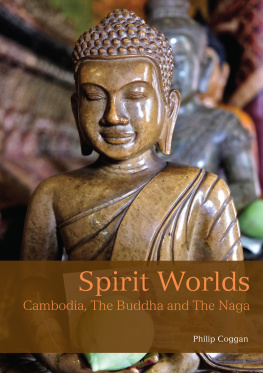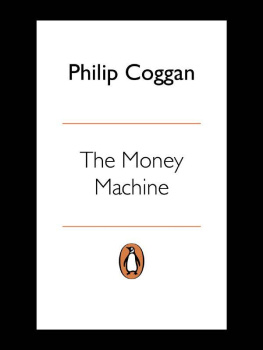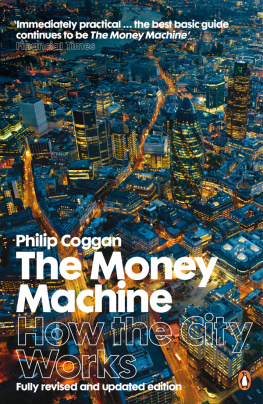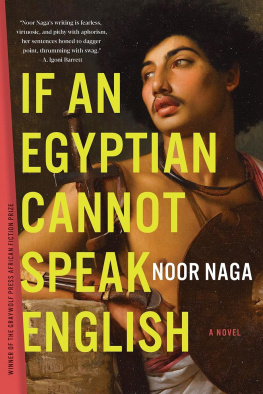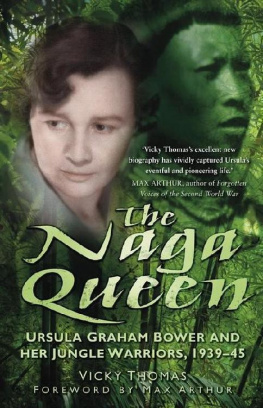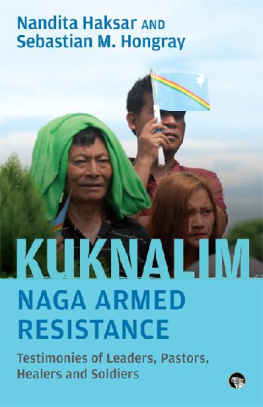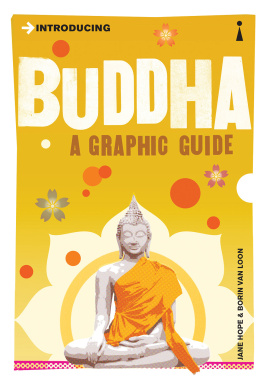Philip Coggan - Spirit Worlds: Cambodia, The Buddha and The Naga
Here you can read online Philip Coggan - Spirit Worlds: Cambodia, The Buddha and The Naga full text of the book (entire story) in english for free. Download pdf and epub, get meaning, cover and reviews about this ebook. year: 2021, publisher: John Beaufoy Publishing, genre: Religion. Description of the work, (preface) as well as reviews are available. Best literature library LitArk.com created for fans of good reading and offers a wide selection of genres:
Romance novel
Science fiction
Adventure
Detective
Science
History
Home and family
Prose
Art
Politics
Computer
Non-fiction
Religion
Business
Children
Humor
Choose a favorite category and find really read worthwhile books. Enjoy immersion in the world of imagination, feel the emotions of the characters or learn something new for yourself, make an fascinating discovery.
- Book:Spirit Worlds: Cambodia, The Buddha and The Naga
- Author:
- Publisher:John Beaufoy Publishing
- Genre:
- Year:2021
- Rating:4 / 5
- Favourites:Add to favourites
- Your mark:
- 80
- 1
- 2
- 3
- 4
- 5
Spirit Worlds: Cambodia, The Buddha and The Naga: summary, description and annotation
We offer to read an annotation, description, summary or preface (depends on what the author of the book "Spirit Worlds: Cambodia, The Buddha and The Naga" wrote himself). If you haven't found the necessary information about the book — write in the comments, we will try to find it.
Spirit Worlds: Cambodia, The Buddha and The Naga — read online for free the complete book (whole text) full work
Below is the text of the book, divided by pages. System saving the place of the last page read, allows you to conveniently read the book "Spirit Worlds: Cambodia, The Buddha and The Naga" online for free, without having to search again every time where you left off. Put a bookmark, and you can go to the page where you finished reading at any time.
Font size:
Interval:
Bookmark:
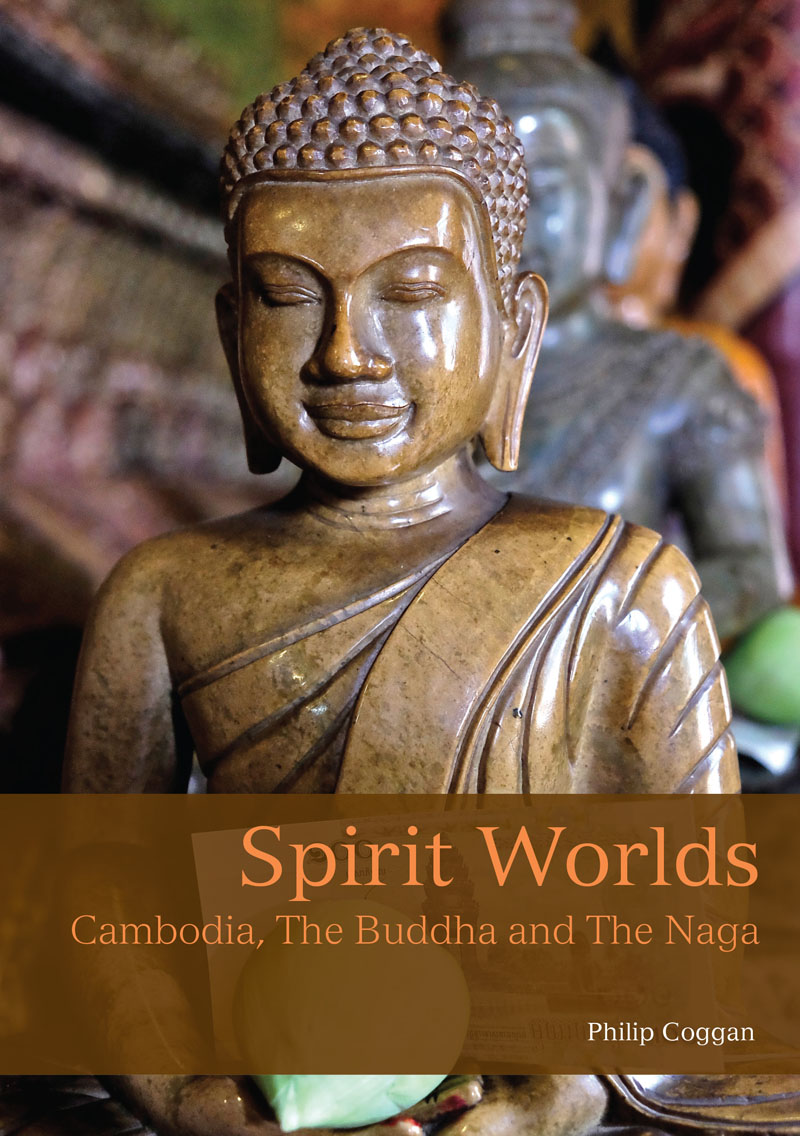








: Buddha image in the museum gallery at Angkor Wat;
: Stone carving at Angkor Wat.

The life of the Buddha is full of marvels. English-language versions usually strip the miracles out, but they can be read as symbols or allegories for example, the elephant that enters the womb of the Buddhas mother at his conception represents wisdom and majesty. More importantly, the walls and ceilings of Cambodian temples are covered with scenes from the Buddhas life, the Cambodian equivalent of stained glass windows.
According to Buddhist belief there have been many Buddhas (enlightened beings) in the immensely long history of the world, and the world itself has gone through an immense number of cycles in which it is created, destroyed and re-created.
Siddhartha Gautama was the fourth Buddha of the current cycle. His life was practically identical to those of the previous three: divine birth into a princely family, a sheltered upbringing followed by renunciation of the world, the search for enlightenment and its attainment, the teaching ministry, death, and attainment of Nirvana. The life of the fifth will be practically identical again.
There are curious similarities between the life of the Buddha and the life of Jesus as described in the gospels, including an Annunciation, an Immaculate Conception and a Temptation. Scholars believe these are largely coincidental, although its a fact that in the first millennium the Buddhas story made its way from India to medieval Europe, where he became Saint Josaphat (from Bodhisattva, Seeker of Enlightenment) with his feast day on 27 November.
A Bodhisattva is a Buddha-to-be, a heavenly being who has the power to take human form and teach others the way to salvation. The Bodhisattva who became Siddhartha dwelt in the heaven of the delighted gods, where a single day is 400 earthly years and a lifespan is 4,000 heavenly years. The gods of all the heavens gathered before him with hands joined in adoration and asked him to be born, so that living beings could learn the path to wisdom and enlightenment.
The Bodhisattva, agreeing that the time had arrived, identified Jambudvipa as the best continent for his birth, Bharat as the best of lands, and Kapilavastu, city of the Sakyas, as the best of cities. He then searched with the all-seeing gaze of a Buddha for a woman who was chaste and modest, of the highest moral standards, who through a hundred thousand reincarnations had refrained from intoxicants, accumulated merit and fulfilled the Ten Perfections. Such a woman he found in Maya, wife of Suddhodana, king of Kapilavastu.
Queen Maya dreamed that the guardian-gods of the four quarters of the universe transported her to the sacred Lake Anotatta on the summit of Mount Meru, whose waters contain the elixir of immortality and will be the last to dry up on the last day of the world. There the heavenly guardians bathed her and led her to a canopied bed strewn with flowers, and the Bodhisattva entered her womb in the form of a white elephant with six tusks. At the moment of the divine conception the ten thousand worlds quaked, the blind saw, the dumb spoke, the lame were made straight, and showers of blossoms fell, and lutes and harps gave forth music without the touch of human fingers.
Queen Maya awoke and called for her husband, who sent for his Brahmin priests. The Brahmins, when they heard the dream, said: Be happy, O king, O queen, for a divine being has chosen to be your son. If he lives a life in the world he will become a World Ruler; if he choses to renounce the world, he will become a Buddha.
The pregnancy of the Buddhas mother lasted exactly ten lunar months. When the time for the birth approached she set out for the home of her parents with an escort of companions and servants, and as they passed the Lumbini Garden the queen commanded that her litter be set down so that she could enjoy the perfume of the flowers and shade of the trees.
In the sweet-scented paths she reached up to touch the blossoms of a sal tree, beloved of the god Vishnu, which bent its branch down to her hand. On the full-moon day of the month of Vesak, standing upright and grasping the branch of the sal tree, she gave birth. The gods Indra and Brahma took the child from her side and the infant stood and took seven paces, a lotus springing up at each step. Looking about the entire universe he proclaimed:
Chief am I in the world,
Eldest am I in the world,
Foremost am I in the world,
This is the final birth,
There is no more coming to be.
The anniversary of the Buddhas birth, which is also the anniversary of his Enlightenment, death and Nirvana, is called Visak Bochea in Khmer, and is celebrated on the full-moon day of the sixth lunar month, which falls sometimes in April and sometimes in May. Visak Bochea is a time for gaining merit (see bonn, ). The ceremonies begin with a pre-dawn assembly at the local monastery at which religious flags are raised and hymns chanted in praise of the Buddha, his teaching and the institution of the monkhood. Monks give sermons reminding the faithful of the way to salvation, Buddha images in the shrine halls are washed and offerings of flowers and candles made, alms are given to beggars at the gates, and birds and fish are released. Particularly important and impressive celebrations are held at the former royal city of Oudong, north of Phnom Penh.
Queen Maya died seven days after the Buddhas birth in order that she should bear no other being in her womb. She was reborn in the heaven of Indra, where she later heard the teaching of the Buddha after his Enlightenment.
The child was given the name Siddhartha, He who achieves his goal. When he was twelve years old the Brahmins revealed to the king that Siddhartha would become a World Ruler if he never saw age, sickness or death. Suddhodana therefore raised his son in seclusion within the palace, knowing nothing of the world, until at the age of 29 he allowed him to venture outside the palace and into the city of Kapilavastu. There the prince saw the true nature of the world in the forms of an old man, a sick man and a corpse being taken to cremation, and came to understand that old age, illness and death were the lot of man. These things caused the prince great distress, but he then came across an ascetic who explained that youth, health and life are transient, and that the way to salvation lies in leaving the world.
Next pageFont size:
Interval:
Bookmark:
Similar books «Spirit Worlds: Cambodia, The Buddha and The Naga»
Look at similar books to Spirit Worlds: Cambodia, The Buddha and The Naga. We have selected literature similar in name and meaning in the hope of providing readers with more options to find new, interesting, not yet read works.
Discussion, reviews of the book Spirit Worlds: Cambodia, The Buddha and The Naga and just readers' own opinions. Leave your comments, write what you think about the work, its meaning or the main characters. Specify what exactly you liked and what you didn't like, and why you think so.

